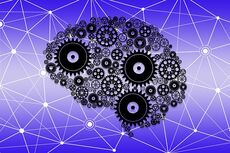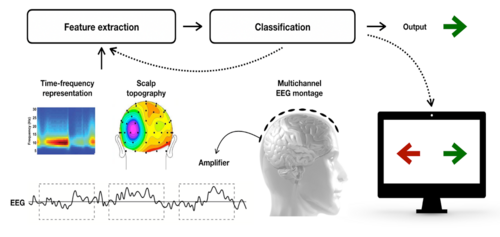Brain-Computer Interface Research

Researchers: Frida Heskebeck, Olle Kjellqvist, Carolina Bergeling, Bo Bernhardsson, Johan Eker, Martin Gemborn-Nilsson, Pex Tufvesson.
Collaborators: Professor Maria Sandsten and Postdoc Rachele Anderson at Mathematical Statistics, LTH, and Professor Mikael Johansson's group at the Department of Psychology, Lund University.
Funding: WASP, ELLIIT
Controlling the physical world with our mind only opens up for a vast number of exciting opportunities. This can be made possible through so called Brain Computer Interfaces (BCIs). In this project, we primarily focus on BCIs based on ElectroEncephaloGram (EEG) measurements, collected through the use of an EEG-cap, see Figure 1. Although the technology behind BCIs have improved steadily over recent years, there is still much to be done. We investigate what the possibilities and limitations of BCIs are in terms of efficiency, reliability and individualizability together with our collaborators at the Department of Mathematical Statistics and the Department of Psychology at Lund University (see above for more details). Bringing together cross-disciplinary expertise, we have identified several critical obstacles that prevent BCIs from becoming a truly life-changing technology, and methods to overcome them. We see several important areas of use such as communication and control for severely motor-impaired users, smart hearing aids, gaming-devices and forensics tools, as well as different health-related applications, such as rehabilitation, including restoration of motor control after stroke.



